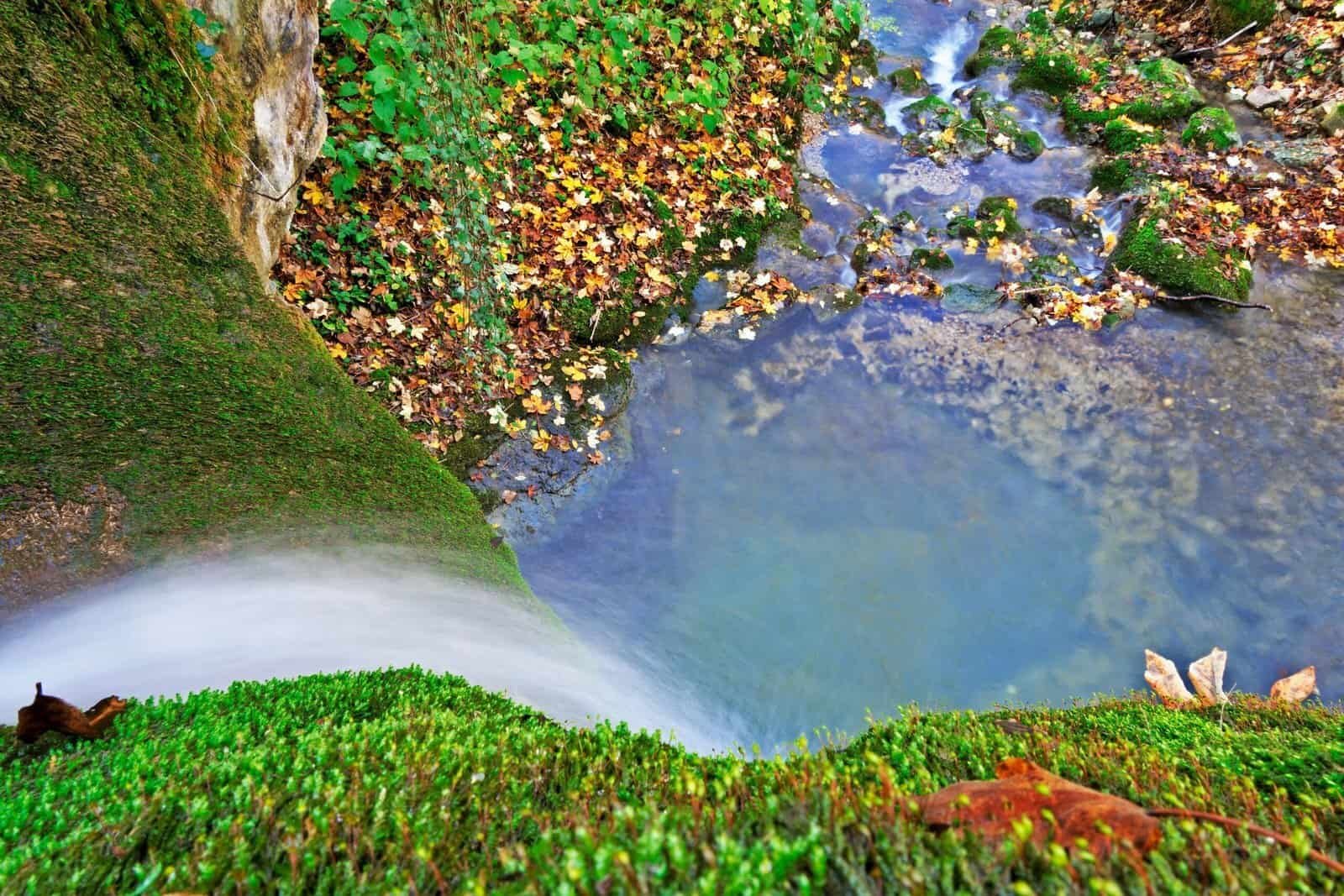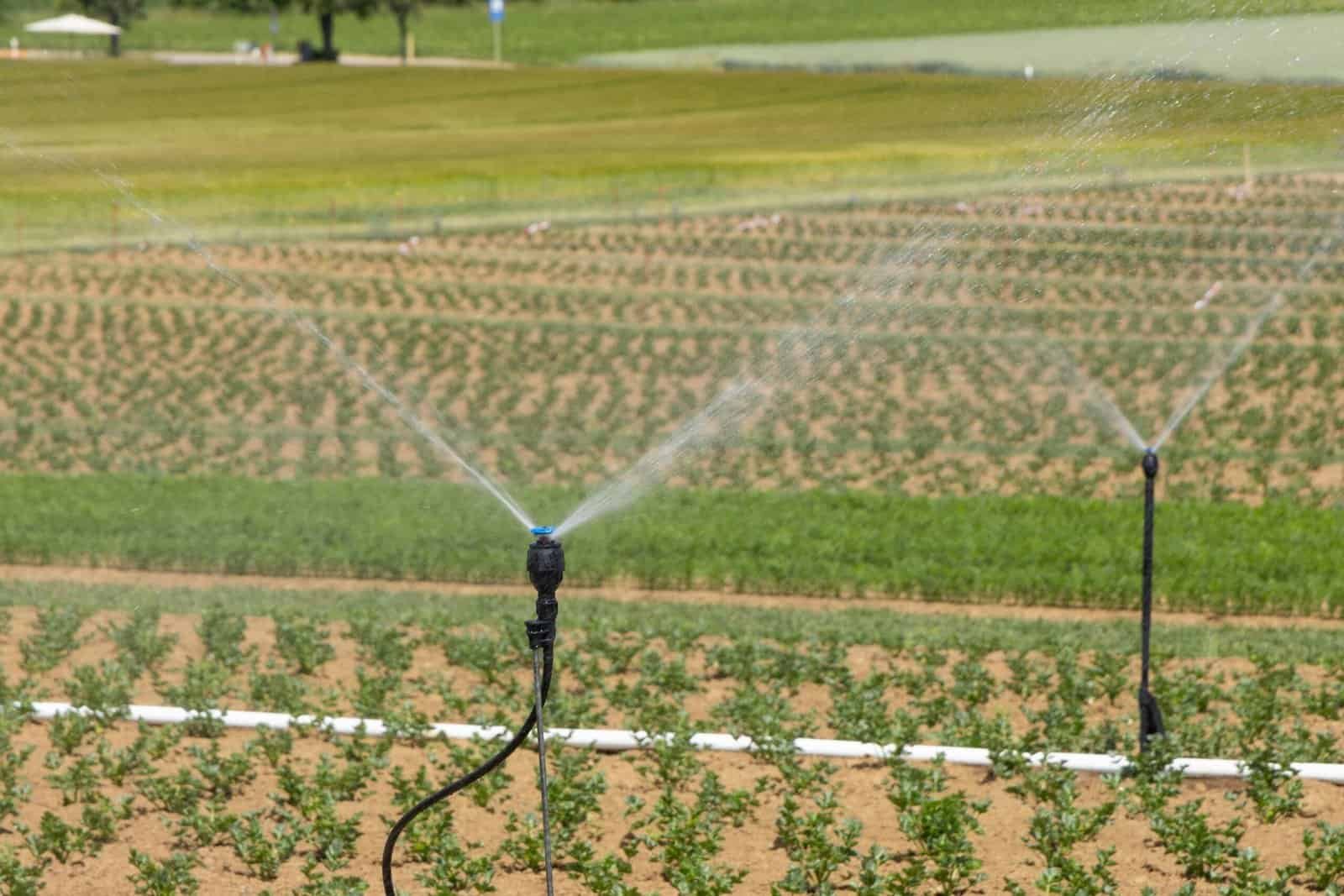Have you ever wondered about the potential impact of nearby construction on your well water? Whether you’re planning some home improvements yourself or have construction happening nearby, understanding the implications of such activities on your well is crucial. Your well is an integral part of your home and health, so keeping it safe is essential.

Understanding Your Well System
Before identifying the risks, let’s get familiar with how your well works. A well is more than just a hole in the ground. It’s a structured system that taps into underground water sources, ensuring a steady supply of water to your home.
The Basics of Well Construction
Wells are typically built in layers. They consist of a casing, often made of steel or plastic, which helps maintain the well’s structure. The casing extends above ground to prevent surface contaminants from entering. Beneath the surface, the casing reaches into an aquifer, which is a water-bearing layer of rock or sediment.
Types of Wells
There are primarily three types of wells, each constructed differently:
Dug Wells: These are shallow wells, often no more than 30 feet deep, dug by hand or machine. They are lined with stones, brick, or tile to prevent collapse.
Driven Wells: Constructed by driving pipe into soft earth, these wells typically reach depths of 30-50 feet and draw water from shallow aquifers.
Drilled Wells: These are the most common today, and they reach depths of hundreds of feet into rock formations. They’re more resilient to contamination but not immune to it.
Understanding these distinctions is important because the type of well you have can determine how susceptible it might be to changes in its surroundings, such as nearby construction.
The Connection Between Construction and Your Well
Groundwater Contamination Risks
Construction activities near your well could potentially introduce contaminants into your groundwater. Whether from disturbed soils, chemical runoff, or improper waste disposal, new introductions of pollutants could find their way to your well.
Common Contaminants
Let’s look at some typical contaminants to be wary of:
Sediments and Debris: Excavation can stir up sediments that might find their way into your well, especially if it’s not properly sealed.
Chemicals and Pesticides: Construction often involves various chemicals, which, if spilled or improperly disposed of, can contaminate groundwater.
Bacteria and Viruses: Sanitary sewers and failed septic systems, disturbed during construction, could release pathogens.
Structural Risks to Your Well
Apart from contamination, construction can affect the physical structure of your well.
Groundshake and Vibration
Heavy machinery can cause vibrations that might impact the integrity of your well. Cracks in the casing or shifts in the well structure can lead to both contamination and decreased water flow.
Excavation and Digging
Digging close to your well can alter the hydrology of the area. This changes water flow patterns, potentially drawing water away from your well or causing it to dry up.
Preventing and Mitigating Risks
Understanding the risks is only half the battle—knowing how to prevent and mitigate them is equally important.
Before Construction Begins
Conduct a Pre-Construction Assessment
Engage a hydrologist or well specialist to conduct a thorough assessment of your well and surrounding land. This can help identify vulnerabilities and formulate strategies to protect your well.
Establish a Safety Buffer
Creating a buffer zone around your well can minimize the risk of accidental damage or contamination. Generally, maintaining distance as recommended by local regulations is vital.
During Construction
Regular Monitoring
Regularly test your water throughout the construction process. Monitoring can help detect any changes or contaminants early, allowing you to take swift action.
Communicating with Contractors
Keep an open line of communication with the construction contractors. Ensure they are aware of the presence of your well and emphasize the need to take precautions to protect it.
Post-Construction Actions
Conduct a Post-Construction Inspection
Just as a pre-construction assessment is crucial, so is a post-construction inspection. It ensures your system is intact and identifies any new vulnerabilities or contamination sources.
Water Quality Testing
Once construction is completed, conduct comprehensive water quality tests to ensure that your water remains safe for consumption.
Legal and Regulatory Considerations
It’s often more than just precautionary steps that owners can take to protect their wells. Understanding the legal framework can offer additional protection.
Local Regulations
Familiarize yourself with local regulations regarding construction near water sources. Many areas have guidelines and restrictions in place to protect water supplies.
Reporting Violations
If you suspect that construction is not adhering to local environmental protections, it’s within your rights to report these violations. Often, local environmental agencies can provide resources and help address these issues.

Enhancing Your Well’s Resilience
Investing in your well’s resilience means less worry during potential disturbances.
Well Maintenance
Regular maintenance checks extend the lifespan of your well system and help prevent issues due to external disturbances.
Sealing and Capping
Ensure your well is properly sealed and capped as this is the first line of defense against surface contaminants.
Upgrading and Modernizing
Consider the benefits of modernizing older wells. Advances in well construction technology can make your well more resilient.
Understanding Your Aquifer
Develop a thorough understanding of the aquifer that supplies your well. It can guide you in understanding its natural defenses against contamination and the additional protections you might employ.
Taking Proactive Measures
Taking proactive measures may seem daunting, but it ensures the long-term safety and efficiency of your well.
Collaborating with Neighbors
If your property is in a community where others rely on wells, consider collaborating to ensure protective measures are in place at a broader level.
Insurance Considerations
It might be worth checking your property insurance to understand the coverage and potential addition of a rider for well protection during nearby construction activities.

Conclusion
Protecting your water supply requires effort, insight, and sometimes collaboration. By understanding the potential risks, legal considerations, and steps for prevention and mitigation, you can safeguard your well from the impacts of nearby construction. With ongoing vigilance and proactive management, you can ensure that the water from your well remains pure, safe, and plentiful for years to come.
